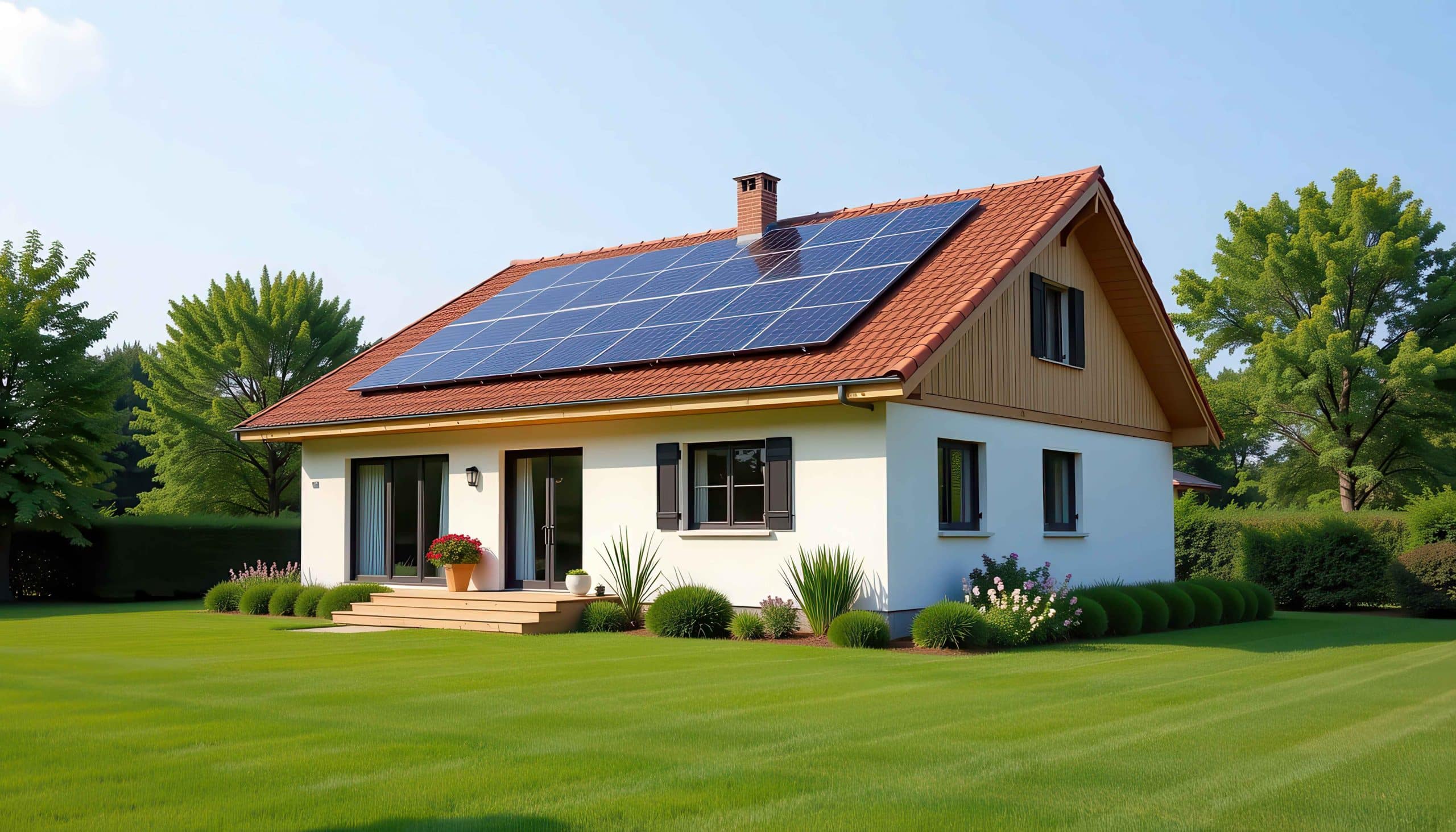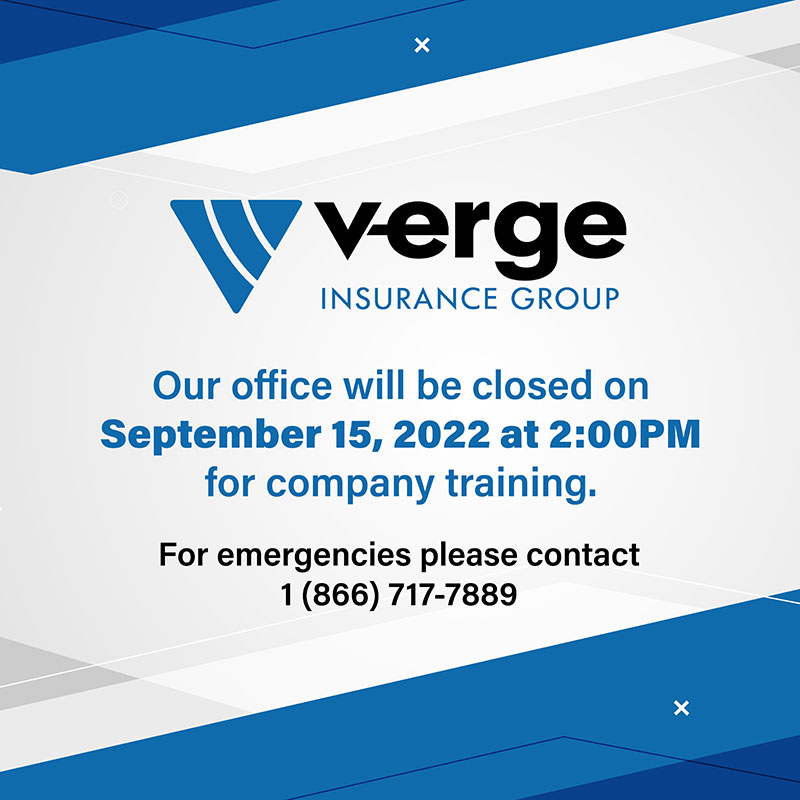Many people dream of having a second residence. If you’re lucky enough to have one, you’ll need adequate insurance and maintenance to keep it in good shape.
With secondary homes, insurers want to know how much attention, maintenance and security the property receives. In some locations, theft and vandalism are considerable risks, especially for homes that are vacant for extended periods. And if you purchase a second home in an area prone to floods or wildfires, you might need additional coverage.
Water leaks, floods, thefts and fires are always a concern for your insurance provider. But you should think about these risks, too.
Insuring your secondary home
Your insurance considerations will depend on what type of property you have. But you should always complete a home inventory, no matter the property type. A home inventory shows proof of ownership and helps estimate the value of your belongings. This is essential information if you need to file a claim.
Include things like clothes, artwork, jewellery, electronics, furniture, window treatments and any modifications you’ve made to the property. Imagine losing everything in a fire. How much would it cost to replace everything in your second home?
Apartments
An apartment is the easiest type of secondary residence to care for because you aren’t responsible for maintaining the building. Renters insurance policies focus on two primary coverages:
- Your personal belongings and the contents of the apartment
- Your liability for accidents due to your actions or negligence (including those involving pets and guests)
Renters policies are affordable and easy to obtain. Again, a home inventory will help you estimate the value of your stuff.
Condos
With a condo, the structural risks are handled by the condo owners association’s (COA’s) master policy. But sometimes, the owner is responsible for windows, balconies and other attached structures. Your insurance broker can read through the COA’s policy to ensure your possessions, financial assets and any upgrades you’ve made to the living space are covered.
You might want to add protection for liabilities like loss assessments. Loss assessment coverage steps in when there is a shared financial liability that the COA’s master policy does not adequately cover. Your broker can explain what it will and won’t cover.
It’s important to coordinate your condo owners insurance with the master policy to understand who’s responsible for what. Otherwise, you could be left with surprise expenses.
Townhomes and single-family homes
Townhouses and single-family secondary homes require homeowners insurance. If you own one of these, you have important clauses to consider, especially regarding vacancy. Most policies consider a home unoccupied or vacant if no one’s lived in it for 30 days or longer.
If you live at your second home part time, you’ll want “unoccupied home” coverage. From an insurance standpoint, an unoccupied home has personal belongings like furniture and appliances. It’s intended to be occupied, even if occasionally.
On the other hand, a vacant home has no furnishings and isn’t occupied. People selling their homes obtain vacant home insurance. Your broker can help you differentiate between the two types of policies.
Coverage for cabins also falls under homeowners insurance for secondary residences. If you’re insuring a cabin, note any wildfire exclusions or restrictions. And understand you might pay more if the place is far from municipal services like fire stations.
Mobile homes
If you have chosen a mobile home as your getaway, you can get special coverage just for that. Mobile home insurance can cover a manufactured or modular home in a mobile home park or private lot. The mobile home can be on blocks or a slab.
Like other home insurance products, it covers the structure, its contents and your liability. And you can usually pick from an agreed-loss or replacement cost policy. An agreed-loss policy pays up to a preset amount, and a replacement cost policy pays to replace your mobile home in case of a total loss.
Extended coverage for added protection
No matter the type of second home, some risks are excluded. Ask your broker about adding these to your vacation insurance or securing a separate policy.
Sewer backup insurance
Nasty water can bubble up any time, leaving a stinky mess. This is especially common after flash rains. Sewer backups aren’t covered under most standard home policies, even your primary one. The average cost to repair a flooded basement in Canada is $43,000, according to Get Prepared Canada. Sewer backup coverage protects you when water backflows into your home, and it costs hardly anything to add.
Flood insurance
Floods can occur anytime, anywhere. They don’t just happen in flood zones. A torrential downpour can saturate the ground, leaving water nowhere to go except inside your home. Flood insurance covers water that enters your home from the outside, including mudslides.
Earthquake insurance
Earthquakes occur when the ground moves or shakes. They can cause foundations and walls to crack and jeopardize the structural integrity of your house. Ask your broker about this coverage.
Bylaw insurance
If part of your house is damaged, the city might require you to rebuild the undamaged parts to meet the most up-to-date building codes.
For example, your town might require you to remove and rewire the electrical systems throughout your house, even the undamaged parts. Insurance won’t pay for undamaged things, but this add-on coverage will. If your second home is older, consider this coverage.
Security and maintenance
The good news is that you can reduce your risk with affordable technology, and such loss control measures may reduce your insurance premiums. Some insurers will help you purchase home monitoring apps that alert you if they sense fire or water. Some devices can even shut off water valves or dial the fire department.
Having a local property manager is also a good idea. They can make regular visits while you are away and handle routine maintenance requests as they pop up. They can also make a property look lived-in by simply grooming the exterior and adjusting light timers.
Damage from critters is not covered by home insurance, which is another reason to have a property or maintenance professional. Wear and tear and neglect are also excluded.
For example, say a tree limb falls and pokes a hole in your roof. If you don’t repair the hole, rain and critters may invade. This can cause substantial damage that insurance won’t cover.
Guests, home-sharing and renting
Inform your insurance broker if you intend to let others use your second home. Using the property for income may trigger insurance exclusions and require added coverage.
Guests
Guest usage isn’t usually an issue, but check with your broker to make sure your coverage limits are sufficient. Your home insurance policy should cover their personal belongings and even offer medical coverage if they’re injured during their visit. But coverage can get complex for longer-term stays, so let your broker know about those, too.
Home-sharing and renting
Consider vacation rental insurance if you rent your property often through Vrbo or another online booking agent. This covers your risks as a homeowner and as a landlord. Ask your broker about business income protection as well.
However you handle your vacation property, get a professional appraisal to obtain the right amount of insurance. Underinsuring your home can leave you liable for costs you didn’t expect, well beyond your deductible.
Call your broker
It may sound like a lot to consider, but protecting your investment will give you peace of mind and help you recover if catastrophe strikes.



